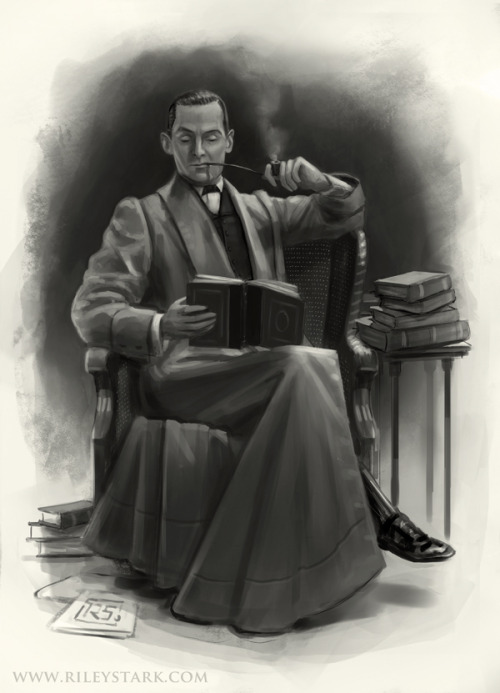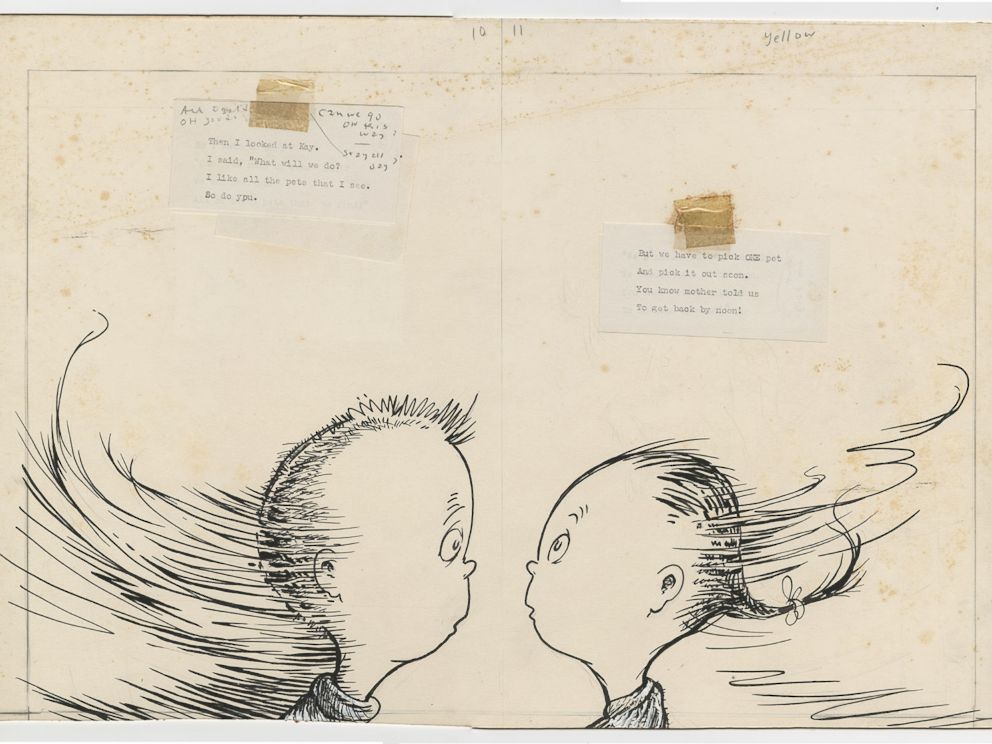Walter Elliot, an eighty year-old historian unearthed a forgotten Sherlock Holmes work after it had been in his attic in Selkirk, Scotland for almost fifty years.
 |
| Ceru Iajes/SWINS |
Elliot told The Telegraph:
Usually people would throw out these books or sell them off. It has been in my family for quite a while now. I have no idea if it has ever been published…I have no idea how many they made and sold.
 |
| AP Photo |
The book is called "Sherlock Holmes: Discovering the Border Burghs and, by deduction, the Brig Bazaar. It concerns Watson going on a trip to Selkirk ."I've always been interested in history and my family has always passed on stories and I suppose this was one of the stories that was passed down,” said Elliot.
“I’ve had this book for about 40 or 50 years. I must have got it from a friend because I can’t remember buying it from anyone.”The story in in a 45 page pamphlet and was written in 1904 by Sir Conan Doyle to help raise money to rebuild a wooden bridge that had been flooded in town.I can’t remember how much they raised…they wanted it to be a carriage bridge, but they didn’t get quite enough for that,” Elliot said. Instead, he added, they built an iron bridge “and it’s still there today."
Addendum:
Just after a new Dr. Seuss book was discovered, historian Walter Elliot claimed he owns a copy of a never-released Sherlock Holmes story by Sir Arthur Conan Doyle. “Sherlock Holmes: Discovering the Border Burghs and, by deduction, the Brig Bazaar” is a 1,300-word short story that Doyle purportedly wrote more than 80 years ago. The booklet holding the story will be on display at the Cross Keys Selkirk Pop-up Community Museum in Selkirk, Scotland, starting Saturday. But while Sherlock fans might rush to see the piece, experts are skeptical that the recently discovered story was actually written by Doyle. (GalleyCat, L.A. Times)
Addendum:
Just after a new Dr. Seuss book was discovered, historian Walter Elliot claimed he owns a copy of a never-released Sherlock Holmes story by Sir Arthur Conan Doyle. “Sherlock Holmes: Discovering the Border Burghs and, by deduction, the Brig Bazaar” is a 1,300-word short story that Doyle purportedly wrote more than 80 years ago. The booklet holding the story will be on display at the Cross Keys Selkirk Pop-up Community Museum in Selkirk, Scotland, starting Saturday. But while Sherlock fans might rush to see the piece, experts are skeptical that the recently discovered story was actually written by Doyle. (GalleyCat, L.A. Times)





